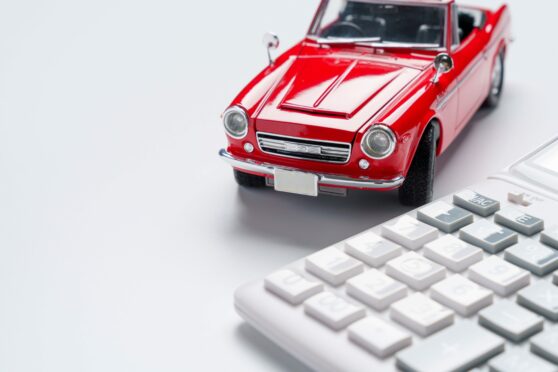
The cost of buying a used car is soaring and motoring experts warn that high prices could be with us for years to come.
A combination of the Covid pandemic and the conflict in Ukraine has led to computer chip shortages, causing a drop in new car production in the UK.
As a result, one in five nearly-new cars are now selling for more than their brand-new equivalents, as disruption to supply chains continues to push used car prices to record values.
The average price of a used car on Auto Trader’s marketplace has increased by almost 30% over the past years. Average prices are up more than £4,200 in the space of just six months.
Among those selling above their brand-new price are models of the Smart Forfour, the Toyota RAV4 and the Volkswagen Tiguan.
Lucy Sherliker, head of customer care at car finance experts Zuto, said drivers should brace themselves for further hikes.
“Prices of used cars will likely remain high over the coming months with prices predicted to remain at these levels for a number of years,” she said. “The lack of supply of new cars in the market drives consumers to look elsewhere and creates a much higher demand for a limited supply of vehicles in the used car market, driving the prices up.
“The duration of the current market circumstances really depends on how the UK approaches the semiconductor chips shortage, as they are the key to new cars being produced.”
The recent hike in fuel costs has meant that people are also changing the types of vehicles they are buying, Sherliker said. Many are now swapping gas guzzlers for more economic models that cost less in fuel, tax and insurance. Sales of electric cars are also on the up.
“Consumers are having to rethink the type of vehicle they can afford. Over the past six months, we’ve seen the average age of vehicles financed through Zuto rise by 10%, which highlights the change in consumer behaviour in relation to market and cost of living conditions.”
Sherliker advised would-be buyers to do their homework first, especially as some used vehicles may have been sitting on dealership forecourts for two years because of the pandemic.
She added: “We advise choosing a car from a reputable dealer. You should always check how long is remaining on the MOT and ask if you can get a couple of months warranty from the dealership for added peace of mind.”
Further bad news for motorists is that it has been revealed that the cost of car insurance has increased for the first time in more than 18 months.
Amidst a cost of living crisis, drivers are now paying £550 for their insurance, on average, following a 2% increase year-on-year, according to a study by insurance comparison site Confused.com.
This is despite the Financial Conduct Authority having recently implemented a package of measures to improve competition and protect home and motor insurance customers from loyalty penalties.
According to the research, loyal customers are still seeing their prices increase, with 42% of drivers receiving a £39 increase to their renewal in the last quarter. Almost a fifth of drivers who were due to renew last quarter wrongly believed that their renewal price wouldn’t increase.

Enjoy the convenience of having The Sunday Post delivered as a digital ePaper straight to your smartphone, tablet or computer.
Subscribe for only £5.49 a month and enjoy all the benefits of the printed paper as a digital replica.
Subscribe